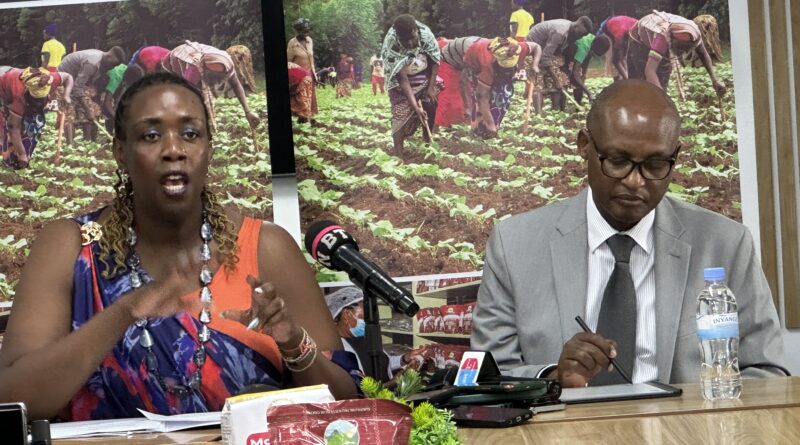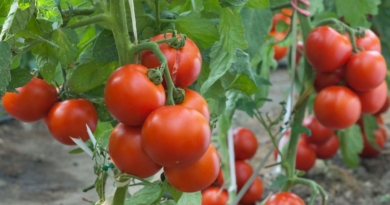Beans emerge as a key weapon in combating malnutrition in Africa
In a discussion focused on the fight against malnutrition, it was announced that in the past 45 days a program was launched to promote the use of beans rich in iron and phosphoprotein as a major solution to combating malnutrition. Currently, malnutrition stands at 29%, with the target being to reduce it to below 15% by the year 2029.
“This is an ambitious goal that requires strong commitment. Experts say that normally you can only reduce by 1% per year, but we believe it is possible. We must work together, because we cannot do it alone,” it was stated.
This program is being implemented in partnership with various stakeholders, including farmers, processors, consumers, and traders who distribute food across the country. It also includes a project to teach school children how to grow beans, through collaboration between SEAD and the Alliance.
In the words of the presenter, beans have a special place in this campaign. He further emphasized the Memorandum of Understanding (MOU), noting that it focuses on strengthening the capacity of researchers and staff in the field of science. “Knowledge changes constantly. We must continue upgrading the knowledge of staff, providing them with a good working environment and modern equipment,” he said.
Beyond nutrition, the collaboration also aims to address climate change, promote environmentally friendly agriculture, and provide drought-resistant seeds that can withstand hunger and disease. It also seeks to increase productivity, with examples showing that bush beans can yield up to 2.5 tons per hectare, while climbing beans can reach 4–4.5 tons, although this potential has not yet been fully utilized.
Dr. Wanjiru Kamau-Rutenberg said: “It is a great honor for all lives to lead Africa in the Alliance, where we bring together cutting-edge research to analyze nutrition, agriculture, and resilience to climate change in Africa.”
“The capacity to achieve stable nutrition, child- and people-centered agriculture, and to build the capacity of women researchers to transform food systems in Africa is our primary goal.”
“I also emphasized and was delighted by what we hear about our journey—our outreach in nutrition and sustainable agriculture. As Dr. Wanjiru Kamau-Rutenberg, Africa Managing Director of the Alliance, highlighted: ‘It is a great honor to lead Africa in the Alliance… bringing together the latest research to analyze nutrition, agriculture, and resilience to climate change.’”
The Minister of Agriculture, Dr. Mark Cyubahiro Bagabe, in an interview with the media, said: “This is our commitment: cutting-edge knowledge, strong capacity of researchers—especially women—and the design of systems that serve all citizens.”
PPP | Together, with SEAD, the Alliance, farmers, traders, and our partners, we will advance sustainable programs aimed at better health, resilient agriculture, and food security for every household in Rwanda.”
All these efforts aim to help Rwanda and other African countries achieve the goals of Agenda 2063, which include eradicating hunger and promoting technology-based agriculture. An example was given of a simple technology that will help farmers increase yields and reduce labor while preparing nutrient-rich crops at the regional level.
By:Uwamaliya Florence
![]()




